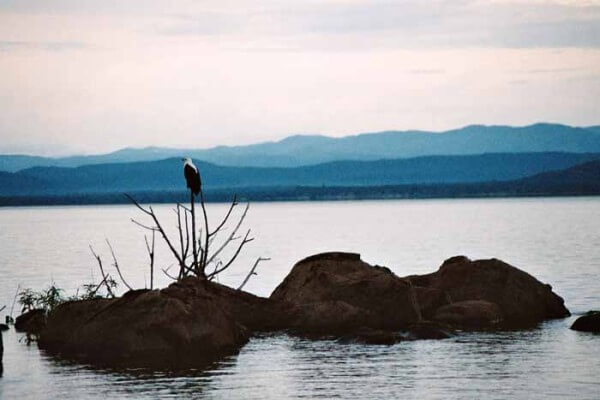Skydiving is an exhilarating sport in which partakers jump from an aircraft at a relatively high altitude while wearing a parachute. There is a wide variety of aerial manoeuvres that can be performed while still in the air, though these are usually done by professionals. Midway through your descent, you will deploy the parachute that will begin to slow you down, letting you come to rest gently on the landing ground below.
People of many different fitness levels can partake in skydiving, so long as they are prepared for a thrilling, heart-racing adrenaline rush which can be scary, but at the same time, can also be an incredible experience.
Military Skydiving
The sport originates from the 1700s, when medieval inventors created basic equipment that could be used for skydiving. In 1797, Andre Jacques Garnerin jumped from a hot air balloon using a parachute, marking the first example of true modern skydiving. The sport was then further refined during the 1800s, with militaries adopting it in the 1900s. In the military, skydiving was initially intended to be a backup safety device for airmen. If a plane experienced problems mid-flight, the pilot could easily deploy a parachute in order to get to land safely. Courageous pilots started to skydive for fun, and in numerous countries further applications were taken into consideration. Various modern militaries use skydiving as a troop deployment manner. Wildfire fighters also started using the sport in order to reach isolated spots, so that they could quickly reach their destination.
Skydiving is for anyone!
A normal skydive consists of participants exiting an aircraft (in most cases an airplane, but at times helicopters or hot air balloons) at an altitude of anywhere from 1,000 to 4,000 metres. If jumping from a lesser altitude, the parachute is immediately deployed. At higher altitudes, there is a bit of time to free-fall (typically around a minute) before having to activate the parachute. Skydivers then have a couple of minutes to enjoy the slow descent to the landing site below.
When deployed, the parachute is normally fully inflated by 800 metres, giving the jumper control over the direction and speed of their descent, using the toggles on the end of either steering line attached to the trailing edge of the parachute itself. This mechanism allows skydivers to aim correctly, land safely and come to a relatively gentle stop.
The skydiver will experience a rush of air when first exiting the aircraft, but once reaching speeds of over 80 kilometres per hour, a resistance of body against air is formed, allowing the participant to ‘float’ in a sense. Skydivers reach terminal velocity at around 190 kilometres per hour for belly to Earth orientations, 240-320 km/h for head down orientations and are no longer accelerating toward the ground. At this point, the sensation is that of a rather forceful wind that aids in slowing you to a stop.
Tandem Skydiving
Most people choose to experience their first jump with an experienced and trained instructor, which comes in the form of a tandem skydive. During these jumps, the instructor is responsible for handling any emergency situations that might arise, giving the skydiver a chance to focus on learning the art of the sport. Though it can be somewhat intimidating to most, skydiving is a thrilling sport that provides participants with an unforgettable experience.





0 Comments